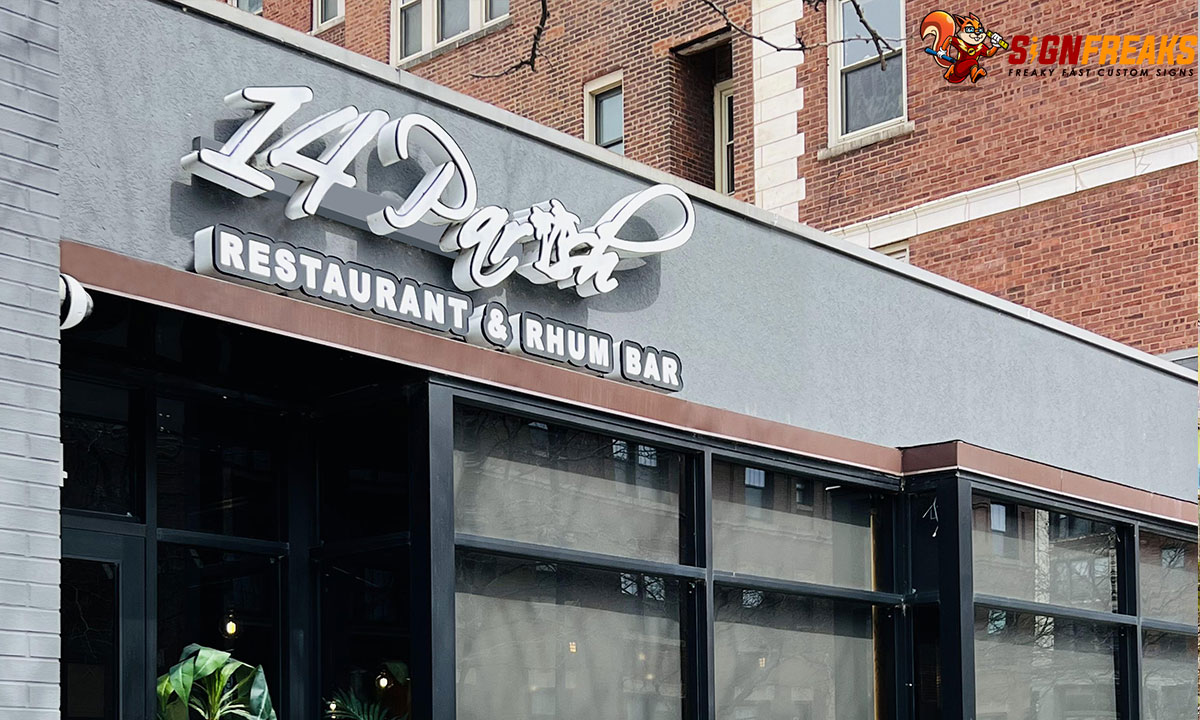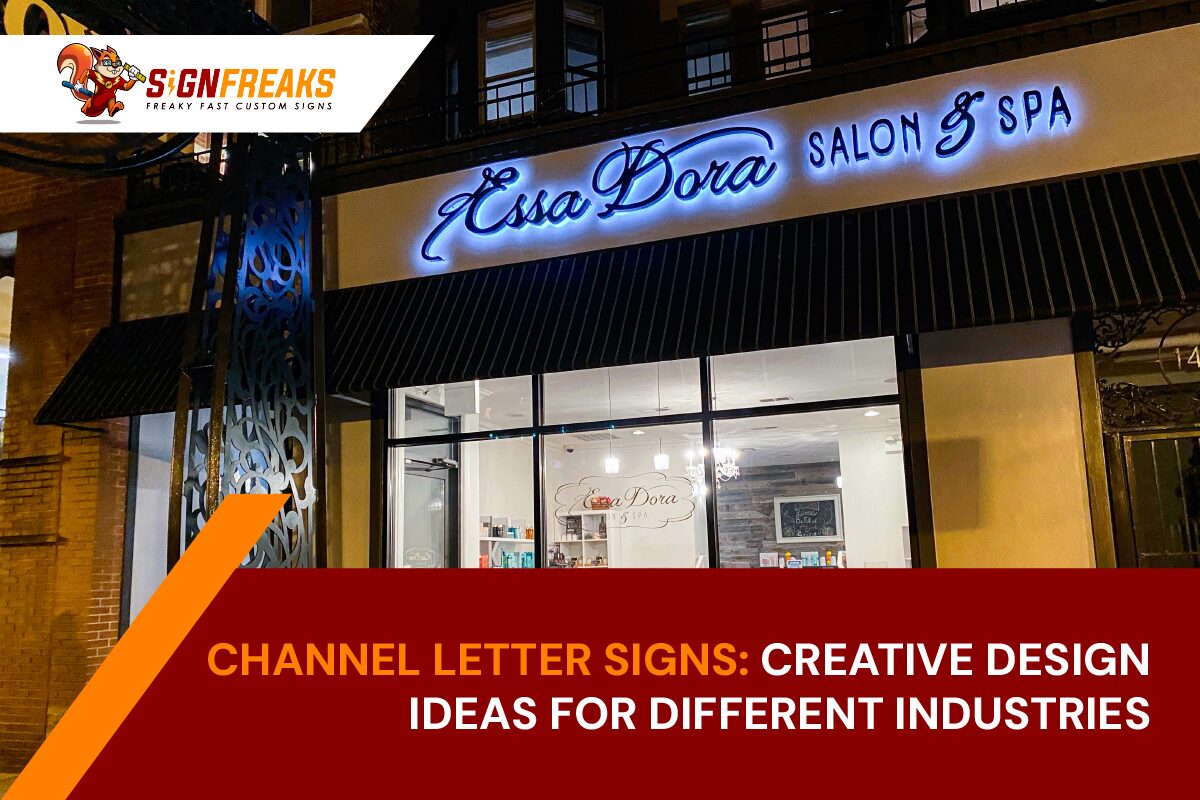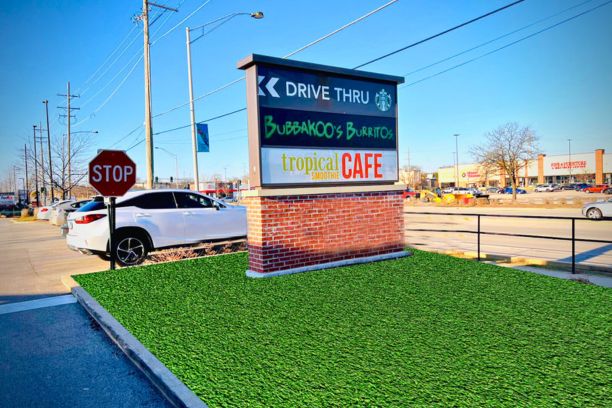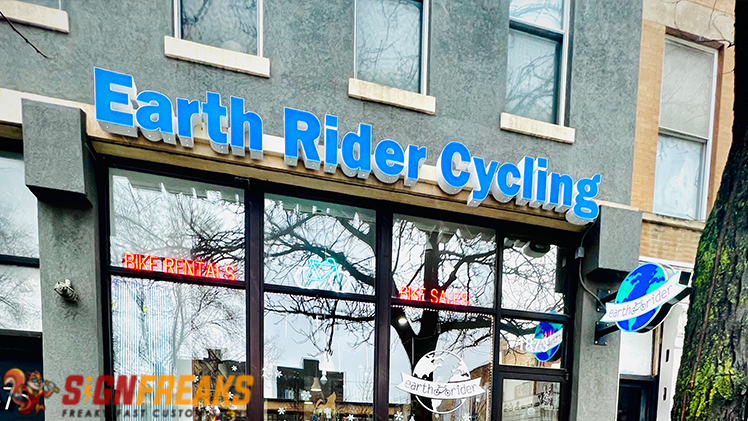There are several types of channel letter signs Chicago. What strategies can you use to make a difference without exerting much effort? No, it isn’t via advertisements or cold calls at all. If you’re seeking a sign, this is the one you need. In other words, you need a sign that will help to spread the news about your company. You can attract customers to your services. The importance of signs is obvious. According to the FedEx Office survey, 76 percent of their consumers would enter a business that they had never visited before. If they haven’t visited before.
In addition, 68 percent of buyers claimed that they bought a product because they found the sign attractive. Aside from that, signage serves as a wonderful marketing tool. Approximately 75% of those who participated in the research claimed that they had advised someone about a company simply based on the signage.
No other sign will do more to distinguish your shop from the competition than a custom channel letter sign designed just for your business. When you are about to light up your company and make potential consumers aware of your presence at any time of day or in any weather. Channel letter signs are a gorgeous option that can be used everywhere. Furthermore, you may present yourself as competent, reliable, and trustworthy.
Continue reading if you have any queries regarding channel letter signs and types of channel letter signs. How this style of sign may be beneficial to your business. The answers to this common question are available in this comprehensive guide. So you can learn about channel letter signs for your convenience. This tutorial is intended to show you the many alternatives available to you, as well as the advantages and disadvantages of channel letter signs, as well as tools to estimate how much channel letter signs will cost you.
What Is the Process of Fabricating Channel Letters?
Channel letters are comprised of four major components: the return, the face, the backing, and the lighting element (if applicable). The return, also known as the side of the channel letter, is often made of sheet metal, with aluminum being the best and most widely used material for this purpose. The face, or front, of channel letters, is normally made of acrylic, however, if the letters are halo-lit, the face might be made of metal or another material. The same criteria apply to the back of the channel letter as they do to the front. The use of LED (light-emitting diode) bulbs for lighting has largely superseded the usage of neon tubing in recent designs since LED is much more energy-efficient.
However, you have the option of selecting channel letters with or without illumination, as well as the kind of lighting element you choose. It is possible that the amount of personalization you choose will have little impact on the manufacturing process. There are several things you should be aware of in the manufacturing industry, without diving too much into the technical aspects of it.
Some organizations will use computer-aided production (also known as computer numerical control (CNC) manufacturing). While others will rely on hand-operated equipment. CNC production is popular because of its greater quality. The manual manufacturing is greater because you want to make sure the errors are minimal. It is possible that hand tools will have defects that are somewhat greater than those of CNC, increasing the possibility of water seeping into the channel letter and harming the light bulb.
Fabrication of Types of Channel Letter Signs in a Standard Format
Aluminum returns and backs, a clear acrylic face that is about 3/16″ thick, a raceway mounting clip (if required), a racing maintenance lid (if necessary), a transformer, LED or neon lighting, and trim caps are all included in a basic variety of channel letter signs. Colors for the acrylic are available in a variety of hues. They are customizable with a wider range of colors. You can choose higher-quality vinyl from manufacturers like 3M, Oracle, and Avery, which are more expensive.
Some colors, particularly variants of white, are better at transferring light than others. This is something to keep in mind when choosing a color. Acrylic sheets come in a wider range of colors than polycarbonate sheets. Consider vinyl as an alternative color option if polycarbonate or acrylic doesn’t offer the desired choice.
Using aluminum foil as an extrusion. The trim caps, which are acrylic join to the body of the letter. They with the UV-resistant durable plastic that they put in the body.
Choose the most suitable channel letter backing from a range of router-cut options with varying thicknesses. These thicknesses are typically 0.040 inches, 0.063 inches, and 0.090 inches in thickness.
Aluminum faces and polycarbonate or acrylic backings are papular in the construction of certain channel letters. Take reverse-lit typefaces for instance. The aluminum face combines a 2-inch deep return and various paint colors to complement the metal face.
Specialty Types of Channel Letter Signs
However, although anything classified as a “specialty” is not a form of channel letter in and of itself, the many ways in which you may personalize your channel letter signals are worth considering. You can customize whatever design or type of channel letter signs you choose to meet your specific requirements. Your design may include a variety of sizes of numerals and letters, as well as a combination of color-changing components, acrylics in various colors, and other embellishments as you see fit. We at SignFreaks are always ready to provide the best services.










